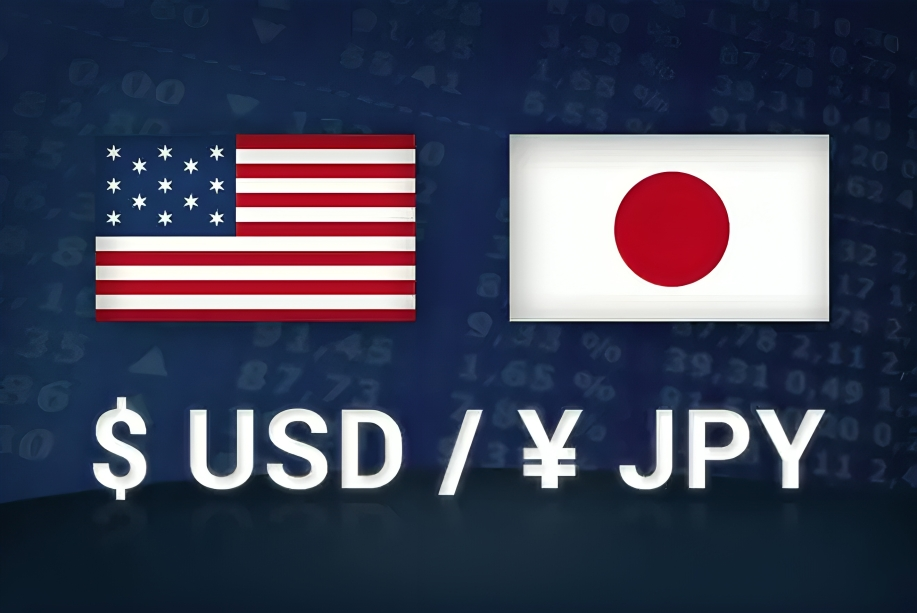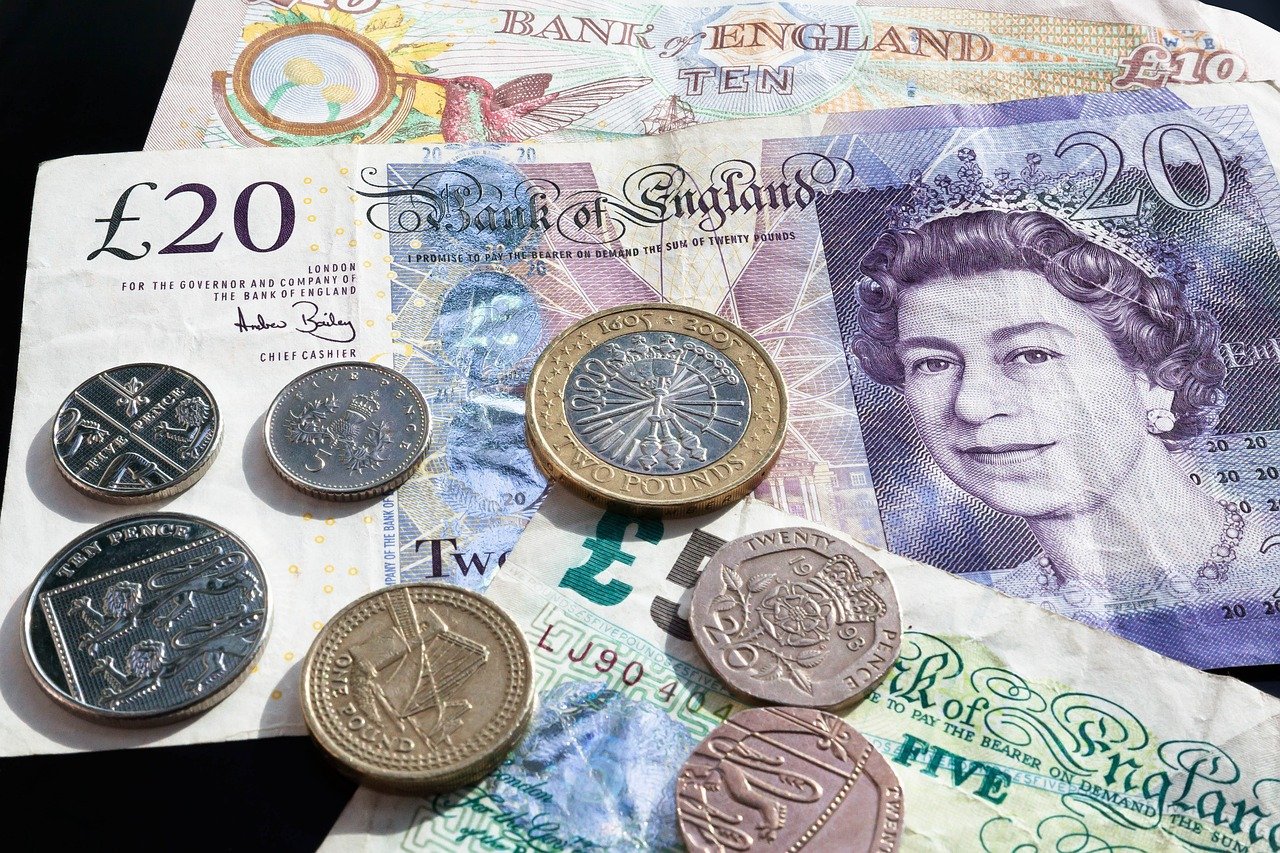BoJ Nagakawa Japan Economy on Track Since July Meeting
Bank of Japan (BoJ) board member Junko Nagakawa addressed the media on Wednesday, providing insights into Japan’s economic trajectory since the central bank’s last meeting in July. She expressed optimism about the country’s recovery, citing that the economy remains on track based on recent data. However, Nagakawa also highlighted key challenges such as volatile markets and uncertainties surrounding interest rate decisions.
In this article, we’ll break down Nagakawa’s comments and explore what they mean for Japan’s economy and monetary policy in the near future.
Japan’s Economic Outlook Since July: Progress and Stability
In her remarks, Junko Nagakawa emphasized that Japan’s economy is progressing well, with data from the months following the BoJ’s July meeting supporting this positive trend. The board member acknowledged that growth has been steady, driven by improving business activity and consumer spending. Despite this, she also stressed that Japan’s recovery is still fragile and dependent on several key factors.
Economic Indicators Show Positive Momentum
Nagakawa’s remarks indicate that the BoJ’s assessments of recent economic indicators point towards stability. These include favorable employment figures, rising consumer spending, and corporate investment that suggests confidence in Japan’s economic recovery.
Key Economic Indicators:
- Employment: The job market remains robust, with unemployment rates low and wages showing signs of improvement.
- Consumer Spending: Household spending has rebounded as pandemic restrictions eased, contributing to overall growth.
- Business Investment: Corporate capital investment has shown resilience, which is crucial for sustained economic expansion.
Interest Rates: Challenges in Defining Japan’s Neutral Rate
One of the key areas of uncertainty for the BoJ is determining the country’s neutral interest rate— the rate that neither stimulates nor restricts economic activity. Nagakawa admitted that it’s challenging to pin down the precise level of Japan’s neutral rate, due to various complex factors influencing the economy.
The Importance of Monitoring Inflation and Economic Reactions
Nagakawa emphasized that the central bank needs to carefully observe how inflation and the broader economy react to any changes in the BoJ’s short-term interest rate. Japan has struggled with low inflation for years, and policymakers are cautious about any premature tightening that could stifle growth. On the other hand, letting inflation rise too quickly could also pose risks, particularly with Japan’s aging population and heavy public debt burden.
Factors Influencing Japan’s Neutral Rate:
- Inflation: While inflation remains below the BoJ’s 2% target, there have been signs of upward pressure in recent months.
- Economic Growth: Japan’s economic recovery must remain sustainable, and any tightening of monetary policy needs to be carefully timed to avoid derailing this progress.
Market Volatility: A Persistent Concern for BoJ
Nagakawa touched on another key issue—market instability. She remarked that global and domestic markets remain volatile, posing potential risks to Japan’s economic recovery. According to Nagakawa, it is essential to investigate the reasons behind market fluctuations and respond appropriately.
Understanding the Factors Behind Market Movements
Market volatility can be triggered by several factors, both domestically and globally. For Japan, external factors such as geopolitical tensions, changes in global trade policies, and shifts in major economies like the US and China can heavily influence market stability. Domestically, fluctuations in Japan’s inflation expectations, currency movements, and government fiscal policy can all play a role.
Potential Causes of Market Instability:
- Global Trade Issues: Ongoing uncertainties in global trade, especially with major partners like China and the US, can lead to market fluctuations.
- Currency Movements: The yen’s exchange rate against the US dollar and other major currencies can affect Japan’s export-driven economy.
- Government Policy: Shifts in government spending or tax policies can also influence market perceptions and volatility.
Next Rate Hike: Uncertainty Remains
While Nagakawa acknowledged that Japan’s economy is making progress, she refrained from commenting on the timing of the next interest rate hike. This aligns with the BoJ’s cautious approach, as the bank continues to weigh the risks of premature tightening against the need to eventually normalize monetary policy.
BoJ’s Cautious Stance on Rate Hikes
Japan’s central bank has maintained an ultra-loose monetary policy for several years, aimed at boosting inflation and economic growth. However, with inflation creeping upwards and the economy showing signs of resilience, there has been growing speculation about when the BoJ might start raising rates.
Nagakawa’s remarks suggest that while the BoJ is aware of the need for eventual tightening, it remains cautious about moving too quickly. She highlighted the importance of monitoring economic and inflation data before making any decisions about future rate hikes.
Factors Influencing Rate Hike Timing:
- Inflation Trajectory: The BoJ will likely wait for more concrete signs that inflation is sustainably above its 2% target before considering rate hikes.
- Global Economic Conditions: External factors, including the strength of global economic recovery and international monetary policy, will influence the timing of Japan’s rate hike.
- Domestic Factors: The strength of Japan’s recovery, particularly in terms of wage growth and consumer spending, will also play a critical role in the BoJ’s decision-making.
Conclusion: Cautious Optimism Amid Uncertainty
Junko Nagakawa’s remarks paint a picture of cautious optimism regarding Japan’s economic outlook. While the economy remains on track, challenges such as market volatility and uncertainties surrounding inflation and interest rates persist. The Bank of Japan’s cautious stance on future rate hikes reflects a careful balancing act, as policymakers aim to sustain economic growth without letting inflation rise too quickly.
As global and domestic factors continue to evolve, it remains to be seen how the BoJ will navigate these complex challenges in the months ahead. For now, the central bank appears content to maintain its ultra-loose policy, while closely monitoring the economy’s reaction to ongoing developments.
By carefully assessing inflation, market conditions, and economic growth, the BoJ will continue to play a central role in guiding Japan’s economic recovery, with future decisions likely to hinge on how well the economy holds up in the face of both domestic and international challenges.





